83 results in Exploration of Cardiology
Most Viewed
Sort by :
- Latest
- Most Viewed
- Most Downloaded
- Most Cited
Open Access
Review
Why and when should be lipoprotein(a) level measured?
Miłosz Broncel, Marlena Broncel
Published: December 29, 2023 Explor Cardiol. 2023;1:180–192
This article belongs to the special issue Common cardiovascular target for a wide gamut of contemporary health problems – thrombotic and arrhythmic sides of an inflammatory coin
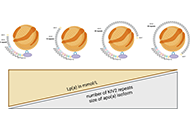
Open Access
Review
Comparison of short-term and long-term effects of peroral L-carnitine intake: clinical implications of elevated TMAO levels in cardiovascular complications
Harsahaj Singh Wilkhoo ... Adnan Akhtar Shaikh
Published: February 10, 2025 Explor Cardiol. 2025;3:101250
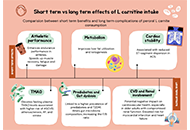
Open Access
Editorial
Who is the author: genuine, honorary, ghost, gold, and fake authors?
Eugenio Picano
Published: May 13, 2024 Explor Cardiol. 2024;2:88–96
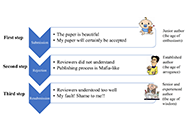
Open Access
Review
Oxidized low-density lipoproteins and their contribution to atherosclerosis
Abdullatif Taha Babakr
Published: January 17, 2025 Explor Cardiol. 2025;3:101246
This article belongs to the special issue Molecular Mechanisms of Cardiovascular Aging
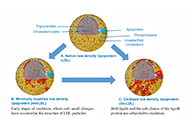
Open Access
Review
B-lines by lung ultrasound in cardiology
Marco Antonio Rodrigues Torres, Natália Moraes de Quevedo
Published: November 14, 2024 Explor Cardiol. 2024;2:265–279
This article belongs to the special issue Multimodality Imaging in Ischemic Heart Disease
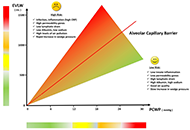
Open Access
Review
Mitral valve prolapse—arrhythmic faces of the valve disease
Maria Możdżan ... Karina Wierzbowska-Drabik
Published: October 31, 2023 Explor Cardiol. 2023;1:72–87
This article belongs to the special issue Common cardiovascular target for a wide gamut of contemporary health problems – thrombotic and arrhythmic sides of an inflammatory coin
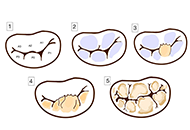
Open Access
Review
Diagnostic modalities for ischemic heart disease: evaluating the role of stress echocardiography, cardiac CT, and myocardial perfusion scintigraphy in guiding coronary angiography
Marco Fabio Costantino ... Luisiana Stolfi
Published: January 13, 2025 Explor Cardiol. 2025;3:101243
This article belongs to the special issue Multimodality Imaging in Ischemic Heart Disease
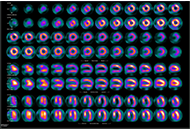
Open Access
Review
Fungal endocarditis: microbial insights, diagnostic and therapeutic challenges in the modern era
Sudeep Edpuganti
Published: July 23, 2025 Explor Cardiol. 2025;3:101264
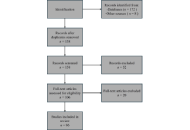
Open Access
Review
Laboratory markers of metabolic syndrome
Filipa Morgado ... Leonel Pereira
Published: June 24, 2024 Explor Cardiol. 2024;2:114–133
This article belongs to the special issue Molecular Mechanisms of Cardiovascular Aging
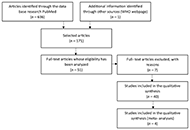
Open Access
Review
Echocardiographic Management of papillary muscle rupture during acute myocardial infarction
Paolo G. Pino ... Federico Nardi
Published: January 10, 2025 Explor Cardiol. 2025;3:101242
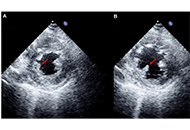
Open Access
Mini Review
Endurance sport and atrial fibrillation: a mini-review of a complex relationship
Marcello Costantini ... Michele Maffia
Published: July 30, 2025 Explor Cardiol. 2025;3:101267
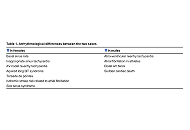
Open Access
Original Article
Coronary external diameter index for assessing coronary artery involvement in Kawasaki disease
Andrea Azzarelli ... Francesco Vierucci
Published: October 31, 2023 Explor Cardiol. 2023;1:103–113
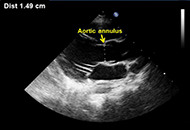
Open Access
Review
Echocardiographic predictors of outcomes in hypertrophic cardiomyopathy
Annamaria Del Franco ... Iacopo Olivotto
Published: October 31, 2023 Explor Cardiol. 2023;1:88–102
This article belongs to the special issue Common cardiovascular target for a wide gamut of contemporary health problems – thrombotic and arrhythmic sides of an inflammatory coin
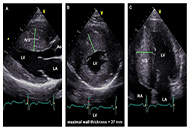
Open Access
Editorial
Who is a reviewer? The Good, the Bad, and the Ugly phenotypes
Eugenio Picano
Published: January 23, 2025 Explor Cardiol. 2025;3:101248
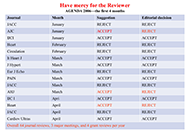
Open Access
Review
Toxic metals in pregnancy and congenital heart defects. Insights and new perspectives for a technology-driven reduction in food sources
Francesca Gorini, Alessandro Tonacci
Published: November 13, 2023 Explor Cardiol. 2023;1:114–140
This article belongs to the special issue Environmental Cardiology

Open Access
Perspective
Alcohol zero: the end, the beginning of the end, or just the end of the beginning?
Miodrag Ostojic ... Dusko Vulic
Published: August 31, 2023 Explor Cardiol. 2023;1:35–41
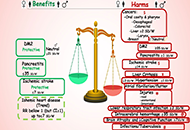
Open Access
Review
Epigenetic mechanisms linking pregnancy complications to cardiovascular disease in offspring
Kazim Raza Talpur ... Muhammad Waleed Abdullah
Published: November 07, 2024 Explor Cardiol. 2024;2:241–252
This article belongs to the special issue Cardiovascular Risk for Mothers and Offspring Resulting from Complicated Pregnancy

Open Access
Original Article
Heart rate variability in soccer players and the application of unsupervised machine learning
Wollner Materko ... Carlos Alberto Machado de Oliveira Figueira
Published: January 10, 2025 Explor Cardiol. 2025;3:101241
This article belongs to the special issue Exploring Exercise Cardiology: from Molecules to Humans
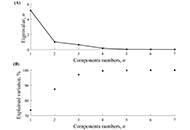
Open Access
Review
The link between preterm birth and long-term cardiovascular risk: mechanisms, evidence, and vulnerable populations: a review
Luisiana Stolfi ... Simona Pesce
Published: April 22, 2025 Explor Cardiol. 2025;3:101253
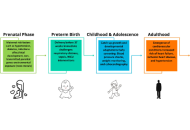
Open Access
Review
The head of invasive cardiologists as a target of professional exposure to ionizing radiation
Andrea Borghini
Published: November 05, 2024 Explor Cardiol. 2024;2:224–240

Journal Information
 Previous
Previous